In today’s global marketplace, social media is a powerful product-marketing tool. It can direct consumers to a new product or attractive deal, engage them, and build a sense of community. Relatively, social media and online shopping play a significant role in our lives.
A comprehensive social media presence also includes direct sales through certain networks, as well as implementing back-end tools to allow customers to share. A critical requirement for an ecommerce site is sales – and who initiates these offers? The visitors, and you can make your products shareable to them through the use of social media.
Today, Facebook, Instagram, Twitter, and many others are well-known social media tools. In this blog, I’ll demonstrate how to add the AddThis social media tool to the share buttons in the Znode B2B ecommerce platform.
What is AddThis?
AddThis is the world’s largest content sharing platform, providing free tools that make it easier to share content across the social web and provide increased traffic and in-depth analytics for its users.
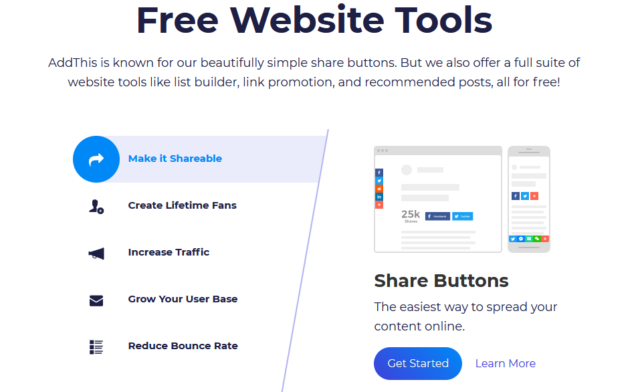
The share tools help your business attract new and repeat visitors to your website, reach a wider audience, broaden your brand’s reach globally, and show the number of shares for your most popular content.
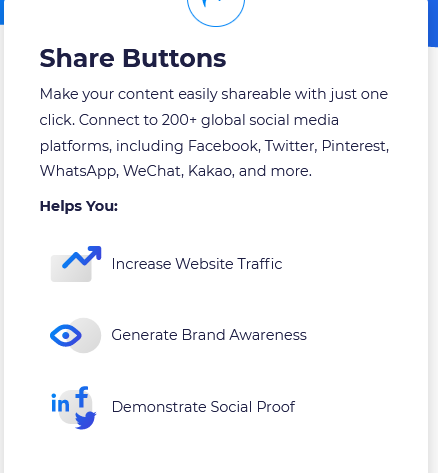
Follow the steps below to add share buttons in the Znode B2B Ecommerce platform using the AddThis tool:
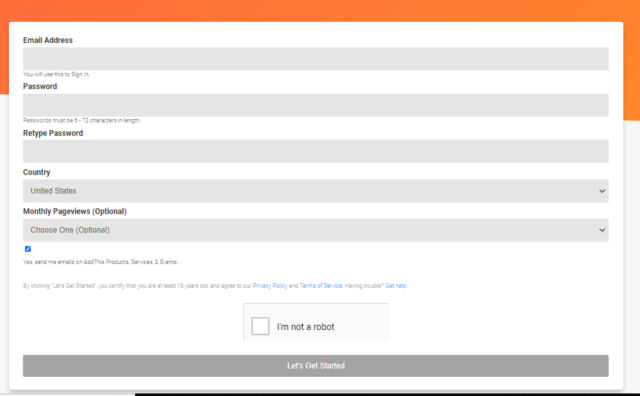
- Click “tools.”
![]()
- Click “+ADD NEW TOOL.”

- Click the “Share Buttons.”
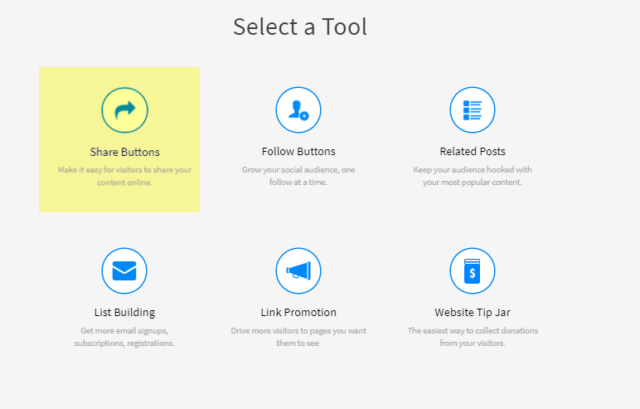
- Select the “floating” tool type. The floating share bar will lock to the side of your page on a desktop and to the bottom of your screen on mobile.
The floating share bar: will lock to the side of your page on a desktop such as below:
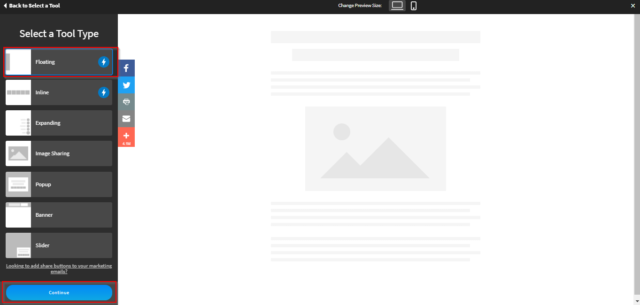
The floating share bar will stick to the bottom of your screen on mobile like below:

- Click “continue.” Select the sharing option “recommended” or “selected by you.” This will show the number of social media services, such as Facebook, Twitter, Instagram, and others you decide to add. . Click the “activate tool.”
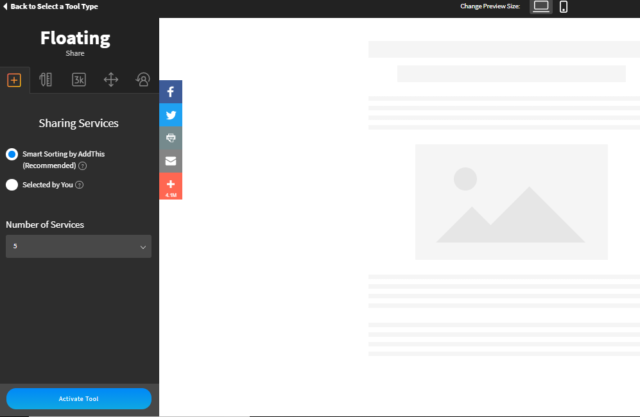
- You can see the website tools added.

- Click the “Get This Code” option.

- Copy the JavaScript code.
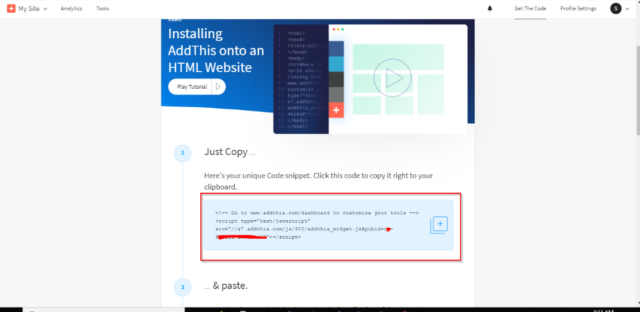
10 . Paste the code above on your website on every page you want the AddThis tool to work.
- Open Engine.WebStore project.
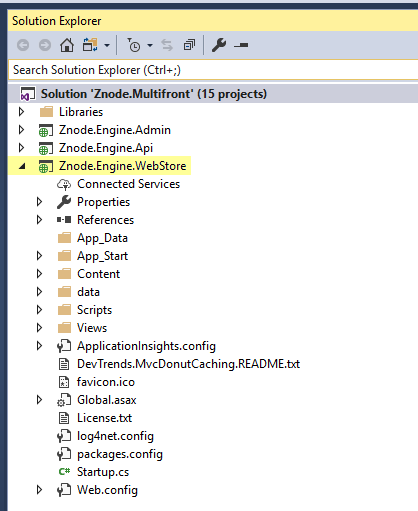
- Open the “cshtml” page from the “Views/Themes/B2B/Views/Shared/” folder and paste the highlighted code in the screenshot below:

- Run the project. You can see the “floating shares” button on the left-hand side of the website on every page.
- Desktop View: The floating share bar is locked to the side of your page on a desktop.

- Mobile View: The floating share bar is locked to the bottom of your screen on mobile.

- Navigate to the “product detail” page. You will see the “floating shares” button on the left-hand side.

- If you click on any “shares” button such as Twitter, it will open a pop-up and share website URL in Twitter, Facebook, or Instagram.

Social Media at Your Commerce Site’s Fingertips
Now you can add and use the AddThis social media tool in your Znode B2B Ecommerce platform to easily engage in social media marketing. For more information on these simple integrations, contact our commerce experts today.

Great post Shashi – very informative, well explained with screenshots. Keep up the good work!!
Thanks Kanishk
Amazing write-up! your article is so convincing. carry on, don’t stop